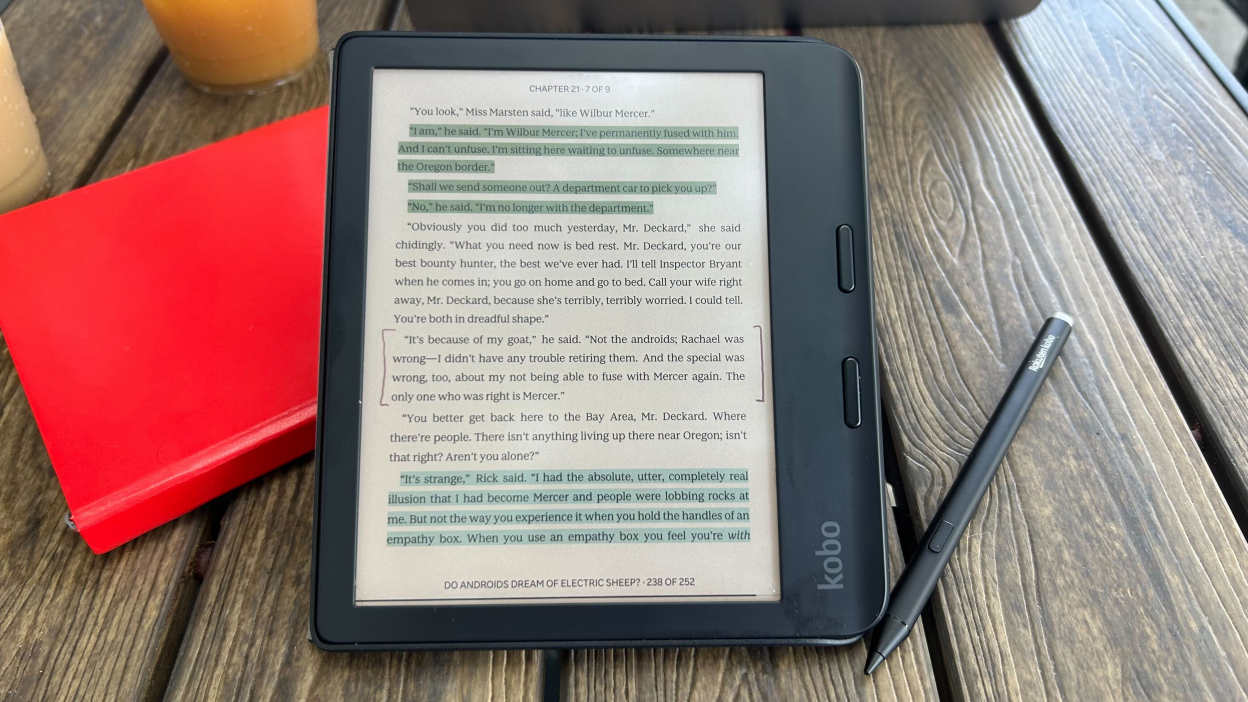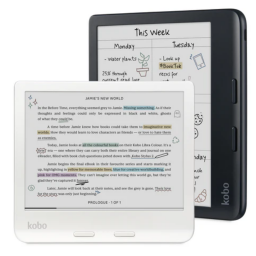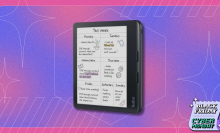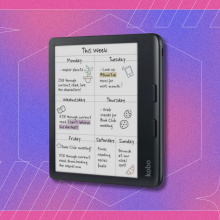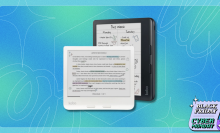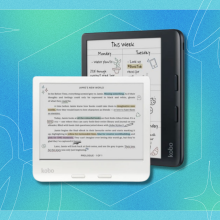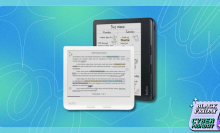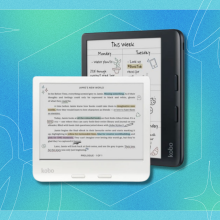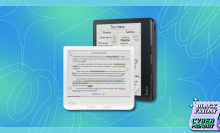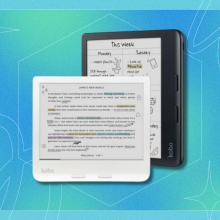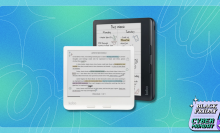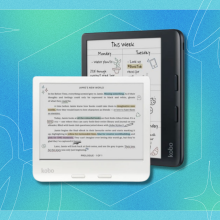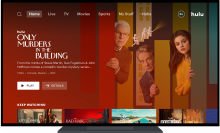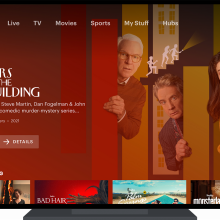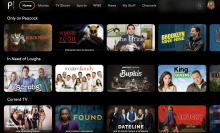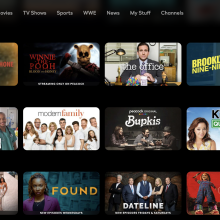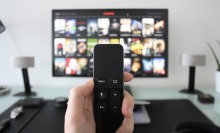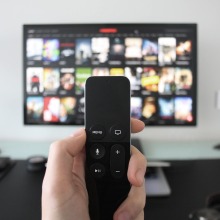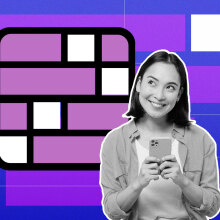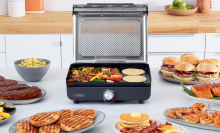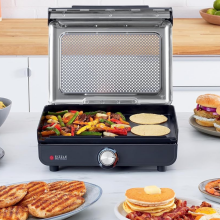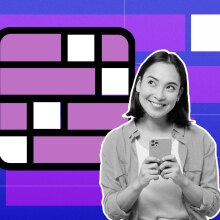Table of Contents
Will the e-reader future be in glorious e-ink color?
Probably, but the question of how soon was top of mind as I tested the Kobo Libra Colour, the first color e-reader from a major brand. (Color e-ink e-readers and tablets like the Pocketbook Ink Pad Color 2 and BOOX Tab Ultra C have been around, but generally at a higher price point with a more sluggish performance).
I should also disclose my bias upfront: As a lifelong reader and someone who majored in English, I am unfortunately hardwired to have a superiority complex about preferring physical books. And though that will likely forever be a part of me, I’d be lying if I said that the Kobo Libra Colour didn't help me read in moments I would’ve been scrolling through my phone, and significantly upped my annotation game.
However, along with the Kobo Clara Colour, the Libra is the brand’s first crack at a color e-reader, so it’s not without its flaws. Whether or not they’re enough to dissuade you from picking it up largely depends on what you want out of your e-reader, so let’s jump into the specifics.
How much does the Kobo Libra Colour cost?
If this e-reader put a premium price tag solely because it offers color e-ink, I wouldn't recommend it to anyone. Luckily, this isn't the case, and at $219.99, it feels more than competitively priced with Kindle's offerings. Here’s how it breaks down:
Kobo Libra Colour: $219.99, $289.99 with Kobo Stylus 2 (sold separately for $69.99)
Kindle Paperwhite Signature Edition: $189.99
Kindle Scribe with Basic Pen: $339.99
We’ll get more into performance and hardware differences below, but cost-wise alone, the Kobo Libra sits just over $30 more than the Kindle Paperwhite (which we admittedly love but has no color or tablet-like abilities) and $120 less than the Scribe (which has the writing abilities of the Kobo Libra without the color). Plus, the Kindle Scribe’s Premium Pen is a better analog to the Kobo Stylus 2, but the addition of the better pen brings the Scribe’s price up to $369.99, making the Kobo a full $150 cheaper.
Honestly, my expectations were that the Amazon Kindles would be a better value: for starters, Kindles don’t offer color e-ink yet, and it’s no secret that Amazon treats its books side of the business as a loss leader. But Kobo surprised me, restraining itself from overpricing a color e-reader and making it more than competitively priced with Kindles.
Along with the e-reader itself, Kobo sent me the Kobo Stylus 2, which as I mentioned above, costs $69.99. They also sent me the Kobo Libra Colour Sleepcover, which retails for $39.99 and worked as an excellent kickstand in both portrait and landscape mode.
Kobo Libra Colour specs
The Kobo's competitive cost falls in line with what it's offering beyond the color display. The basic overview of what this e-reader offers includes:
7-inch E Ink Kaleido 3 screen
300 PPI (pixels per inch) for black-and-white content
150 PPI for color content color content
32GB of storage
Bluetooth compatibility
Dark mode available
You might notice that the color screen isn't made by Kobo, which is why you can find the exact same Kaleido 3 on other e-ink devices — however, as I mentioned up top, they're usually more expensive, and generally, Kobo seems to offer the most streamlined e-reader experience.
As for a comparison with the rest of the specs, the Kindle Paperwhite Signature Edition has a 6.8-inch 300 PPI display with 32GB of storage and an estimated 10 weeks of battery life. It's nearly identical, but Kindle does have one over Kobo here: in the roughly two and a half months I used the Kobo (about 10 weeks), I charged it twice.
That said, I didn't give the battery its best chance — in most cases, the WiFi and Bluetooth were on when I read, mostly because I was trying to use the device as I would normally, and realistically, that would not include optimizing its battery life. Depending on the time of day my brightness could be at 75 percent or 5 percent, so that fluctuated greatly too. Though I wish it lasted a little longer, about five weeks of continuous use under those conditions is still pretty decent.
How much color do you get with the Kobo Libra Colour?
The display is arguably the draw of this particular e-reader, so naturally, it's garnered some mixed opinions.
Online, you'll find folks who say the technology still isn't there with the Kaleido 3 screen, with the colors appearing washed out and grainy. Defenders of the Libra Colour will say you shouldn't expect iPad-level performance and that finding the right brightness setting goes a long way.
Personally, I find myself falling more into the defender camp, but rather than try to describe why, I figure some pictures might help me make my case. For starters, the highlights and annotations looked great:
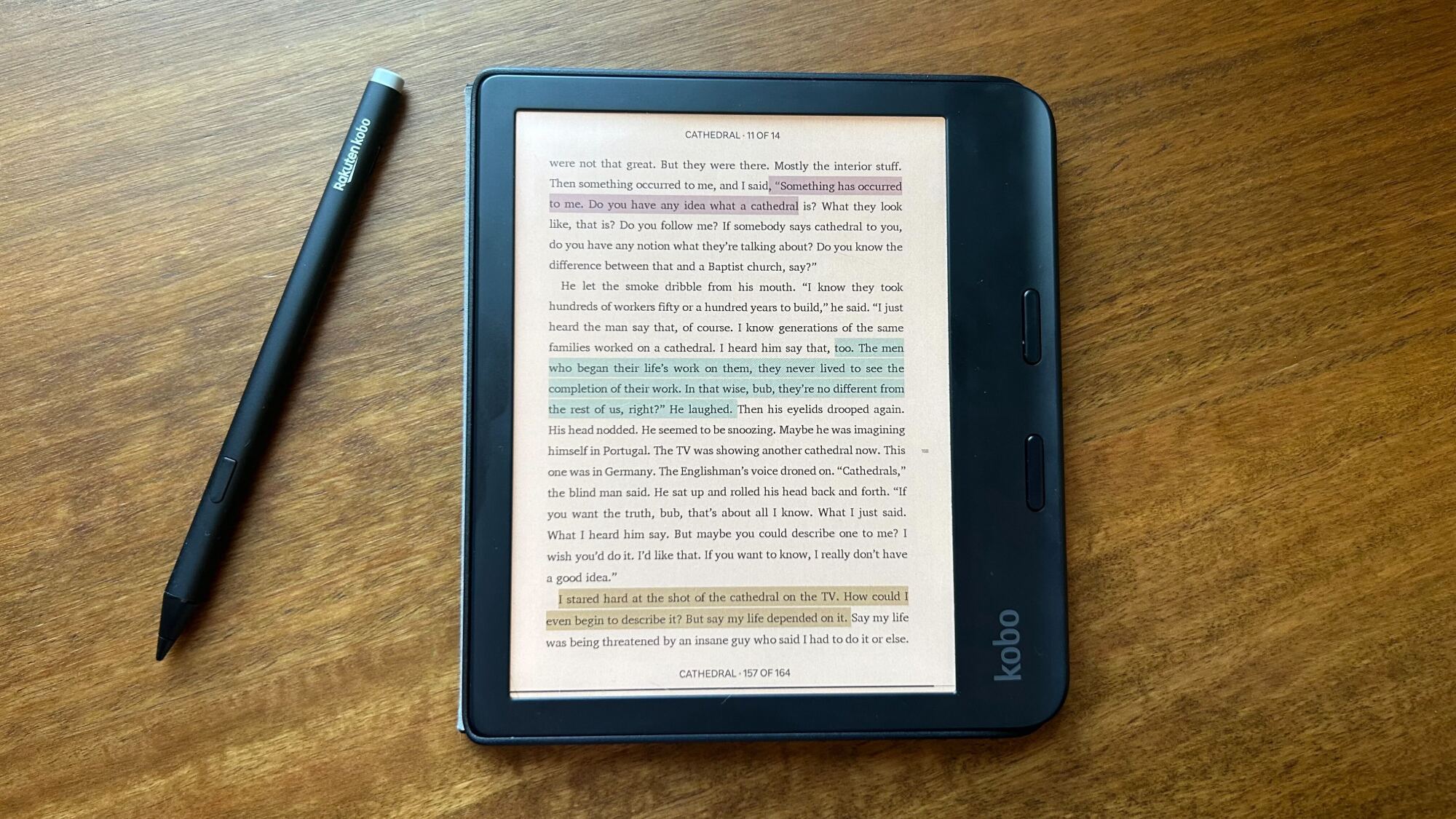
Before we get more into the next pictures, I need a second to sing the praises of how nice highlighting and switching highlighter colors felt, especially with the Kobo Stylus 2. Writing notes in the margins, on the other hand, was just OK: Some lag (which I'll get more into below) and truly subpar palm rejection soured the experience, but I appreciated that all my highlights and annotations were saved in one long list.
As for how the display looked beyond annotations, book covers on the lock screen came through clearly, even when in the direct sun:
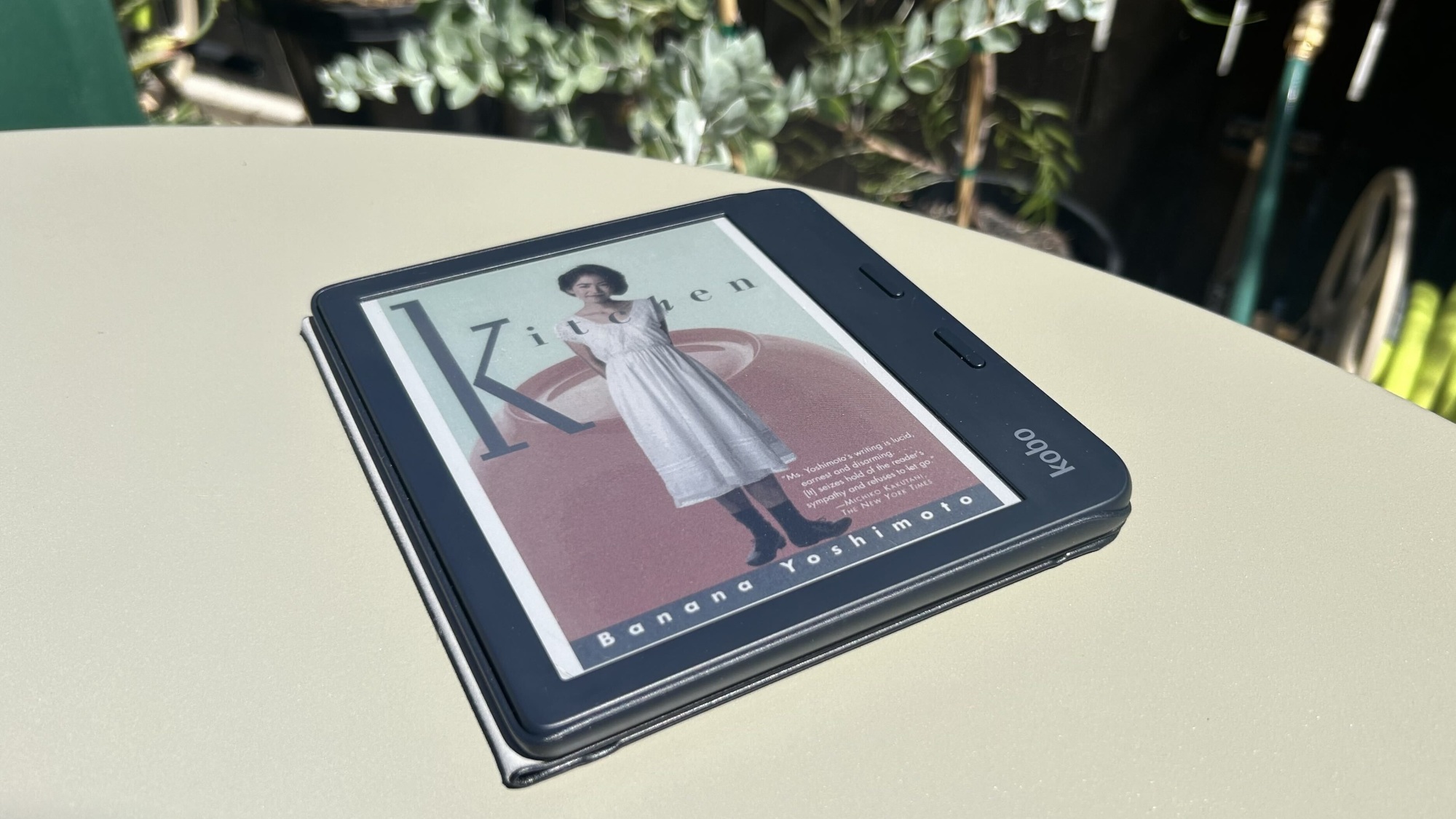
Even compared to the cover of the physical book, I could play around with the brightness of the Kobo to get a relatively accurate recreation.
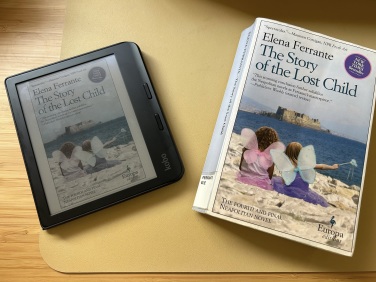
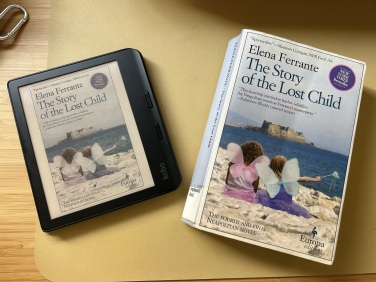
Obviously, the display isn't one-to-one with the color saturation of the real thing, but I was still pleasantly surprised. The above side-by-side honestly feels like the least favorable comparison I was able to draw out of the Kobo — most times, when I saw my lock screen with the title of whatever book I happened to be reading at the moment, I was impressed.
With that said, devout graphic novel readers or fans of full-color manga might prefer to stick to an iPad if they want the most vibrant color possible. I saw the comparison of the Kobo offering newspaper-esque color ink, and that feels fairly apt — if you expect that level of color saturation, you won't be let down.
The “screen door” display
Of course, most of the time, when you're reading an e-reader you won't be seeing color. So how does the Kobo stack up with black and white material?
As I mentioned above, the resolution is the same that you'll find on a Kindle Paperwhite. However, some people find the Kobo's display leans warm whereas they prefer the truer black-and-white display of a Kindle. I didn't have a Kindle to compare, but I felt like I was able to adjust the warmth of the screen to my preferences easily.
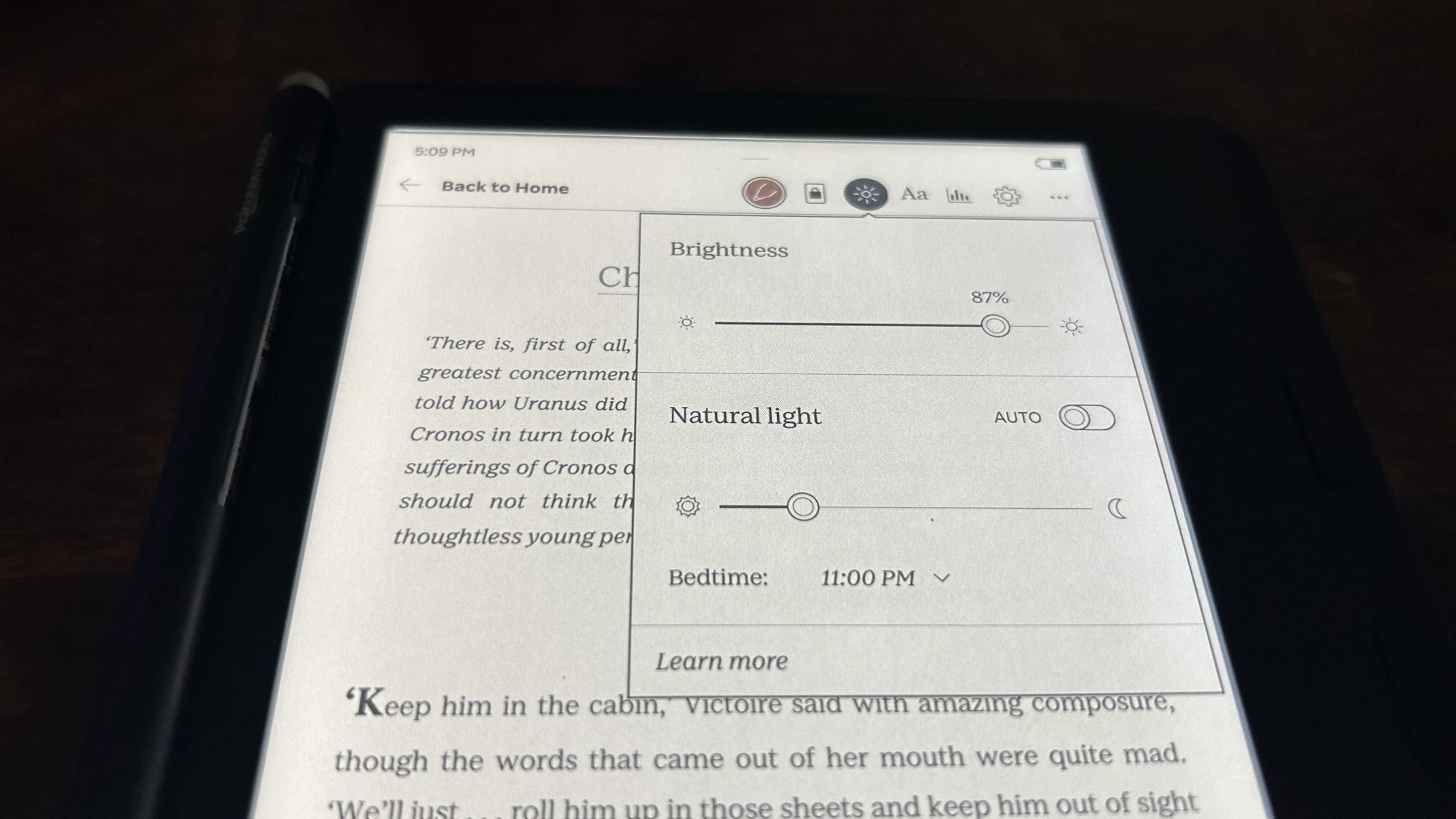
However, if you've spent any time on r/Kobo, you'll know a particular gripe of e-reader enthusiasts is that Kobo has the "screen door" effect. The effect is what it sounds like — there's a faint grainy quality to the "page" that again, gives an almost newspaper-like look to the display, where a Kindle might look more akin to a standard tablet display.
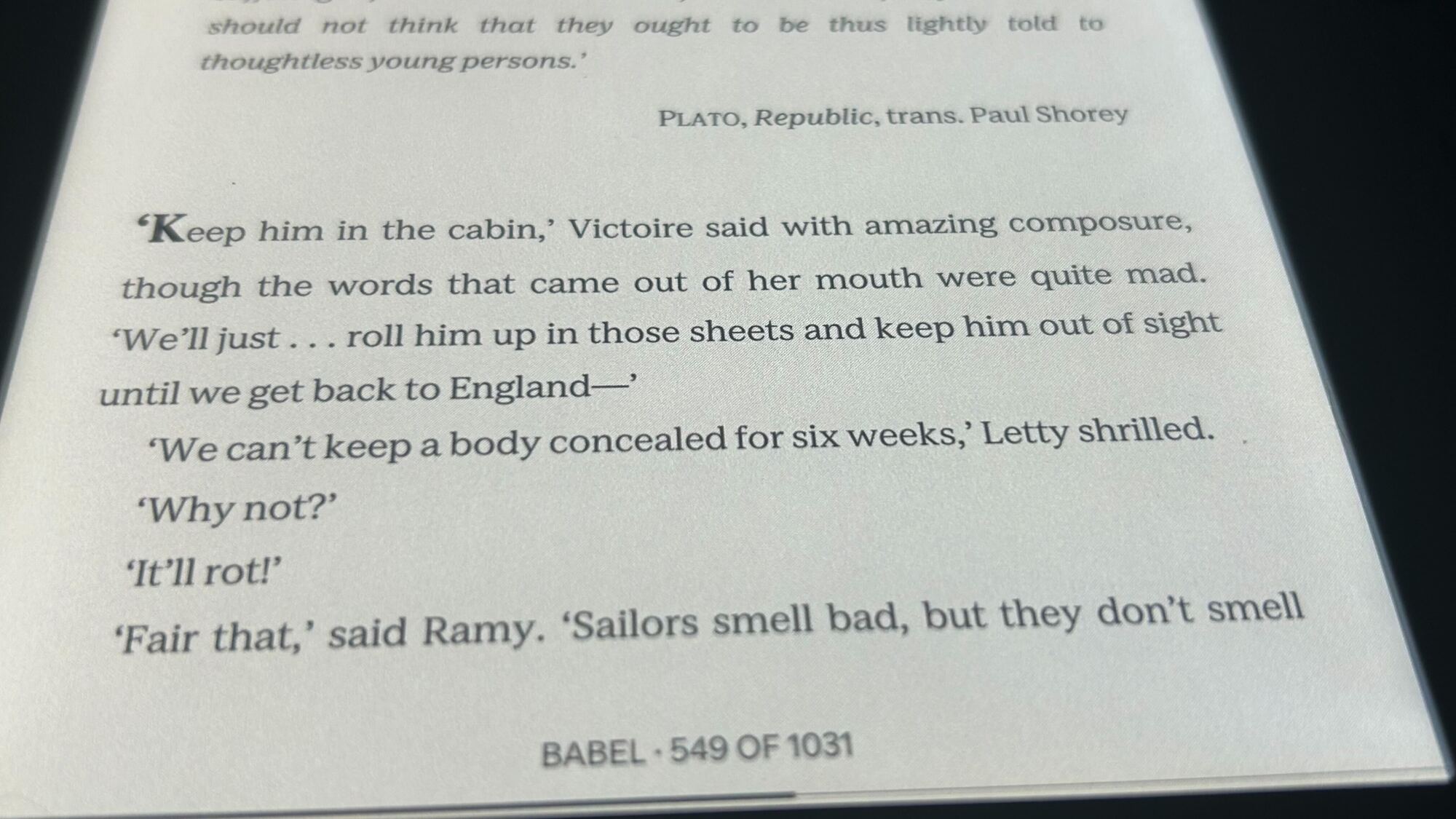
To be clear, this doesn't really affect the sharpness of the words themselves. Some folks online mentioned that this graininess made them return their Kobo altogether. While it didn't bug me at all, I can see where having the other preference would turn me off from this e-reader. My advice? Go with a Kindle if you know you like a razor-sharp display.
The tablet features aren't there yet
Even though some features were promising, I have to agree with what Mashable’s Alex Perry said about the Kindle Scribe last fall: e-readers just aren’t comparable to tablets yet.
When using the notebook feature on the Kobo, you can pick from over 35 page formats, five different pen types, five pen sizes, four highlighter colors, and 10 pen colors. While I appreciate that the tablet-like functions allow the Libra to offer more ways to use its color e-ink than the Clara Colour, compared to an iPad or on its own merit, writing on a Kobo isn't nearly as fluid for note-taking or drawing. Plus, as I mentioned above, the palm rejection sucks.
In other words, it's hard to see the use case where someone would turn to their Kobo as the place to jot down their to-do lists, meal plans, or Cornell notes over a tablet or a notebook.
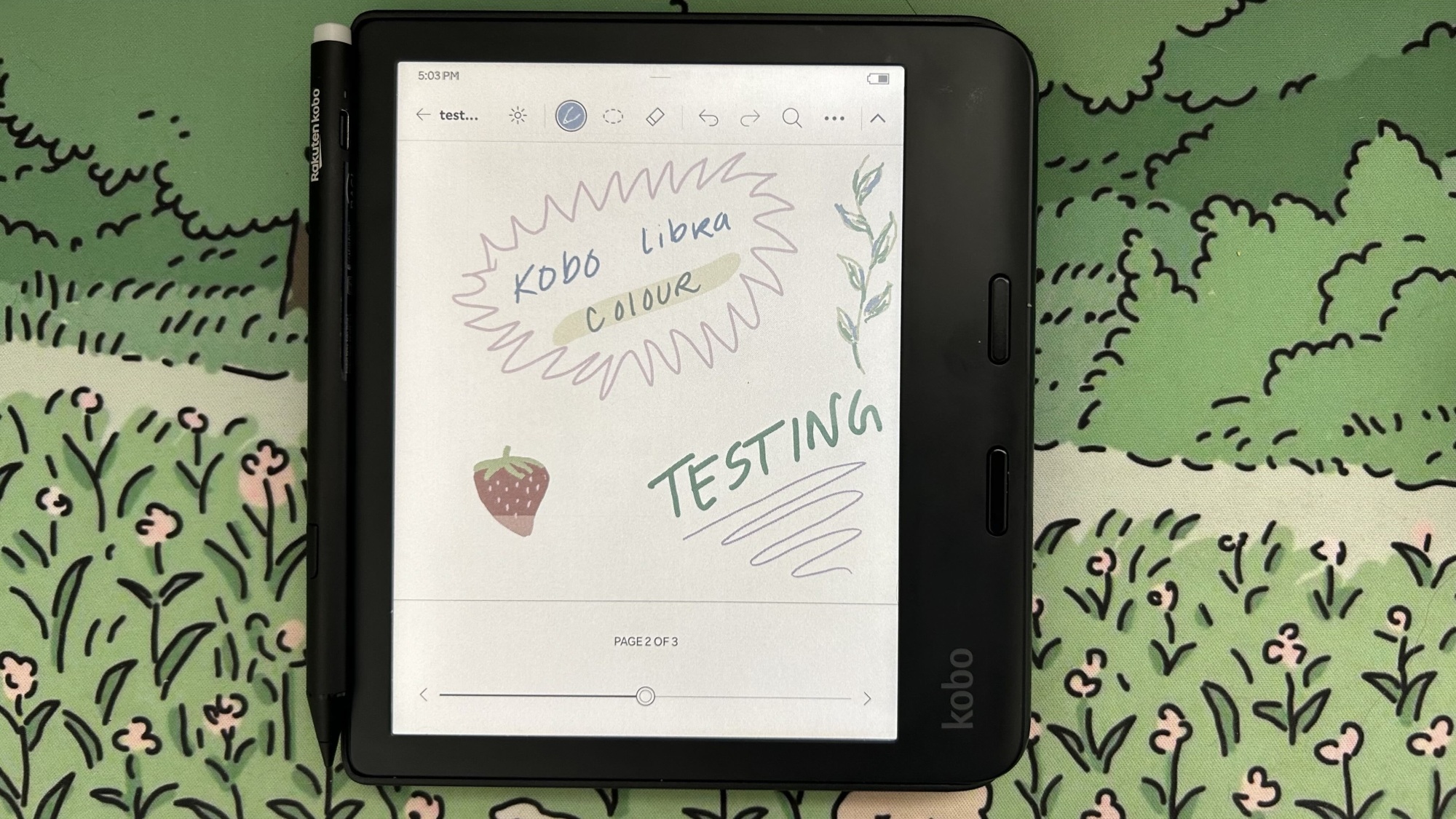
The other major issue that keeps the Kobo from being a viable notebook replacement is the display's occasional ghosting issue. While I really didn't notice a lot of ghosting throughout testing, it cropped up randomly when I was messing around with the notebook features: once, when I was using the resize tool, and another time when I was using the Kobo stylus to erase some text I'd written.
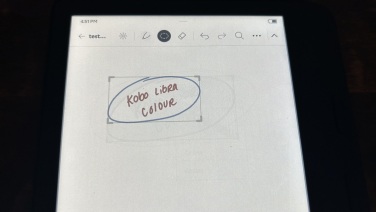
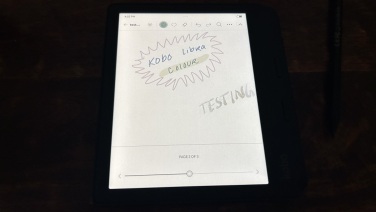
I was especially surprised by the erasing ghosting — I'd erased plenty of annotations in highlights in e-books with the Kobo stylus and found it to work incredibly well. My guess is that the Kobo's system isn't powerful enough to support to smooth notebook experience it tries to offer.
Kindle vs. Kobo: Pros and cons
I've already pointed out some key differences between the two e-readers throughout this review, but there are a few more factors to take into consideration beyond the display and battery life.
Library book support
If you read a lot of library books, the Kobo might be for you for one simple reason: integrated Libby (formerly OverDrive) support. On a Kobo, you can place holds, check out, and download library books directly from your device, which is way more convenient than checking out books via the Libby app like you have to with the Kindle. If you happen to prefer using the Libby app, it syncs with the Kobo without issue.
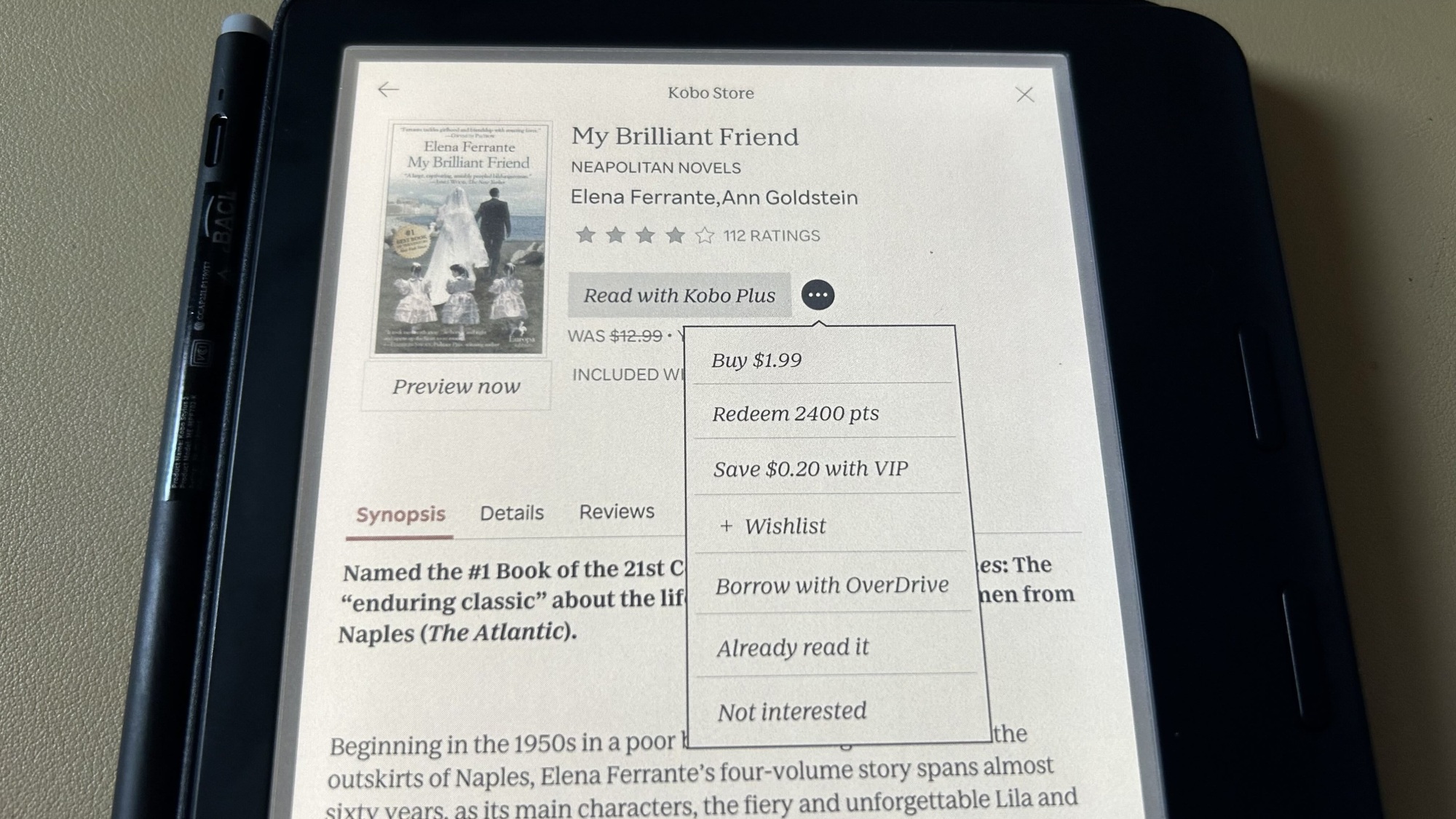
That said, I'd still appreciate the option to add more than one library card at a time to the Kobo, especially as the Libby app supports that exact functionality.
EPUB files
Kindles can't read EPUBs, Kobos can. What that means is that it's much easier for you to access and download files to the Kobo from outside the Kobo store. Whether that be an article or a short story, adding an EPUB file is as easy as uploading it to your Google Drive and seeing it show up directly on your Kobo.
I was skeptical that this process would be one of those features that in theory sounds simple and actually requires an hour of troubleshooting to set it up, but I was able to grab a PDF of an essay without a hitch and watch it load up on my home screen.
Pocket integration
Speaking of articles, as an avid Pocket user prior to any e-reader use, I was stoked when I found out that the app is integrated with Kobo e-readers.
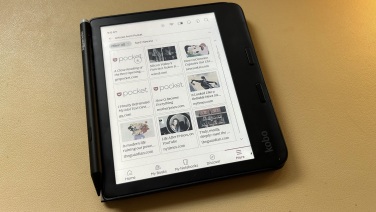
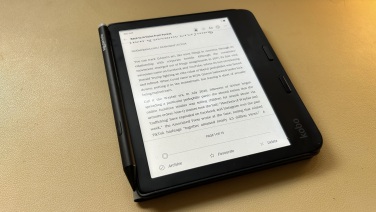
The syncing process between my Pocket app and the Kobo was basically seamless, whether I was saving articles from the browser on my laptop or from my phone. I could favorite, archive, and delete articles directly from the Kobo, and the color display added a nice touch when I was viewing everything I'd saved.
The major downside was that the Pocket app didn't support any annotation, so I couldn't mark up any articles the same way I'd enjoyed doing with books and EPUB files. Still, considering that Amazon doesn't offer this kind of Pocket integration at all, this felt like a minor gripe.
Amazon's catalog
Where Amazon does have a huge advantage is its catalog. As Deputy Shopping and Reviews Editor Miller Kern mentioned in her comparison between the two brands, Kindle's catalog is simply bigger. This is especially apparent as Kindle Unlimited, the brand's subscription service, offers over 4 million digital titles to Kobo Plus's 1.5 million.
You can also buy e-books directly from your Kindle, while Kobo requires you to scan a QR code to buy them on a phone or computer.
Honorable mentions
A few more rapid-fire odds and ends that might sway you to one e-reader over the other: the Kobo Libra Colour has page-turning buttons, which Kindle doesn't currently offer (RIP, Kindle Oasis). These buttons work without a hitch in landscape, portrait mode, or even upside down, and can be programmed to suit what makes the most sense for you.
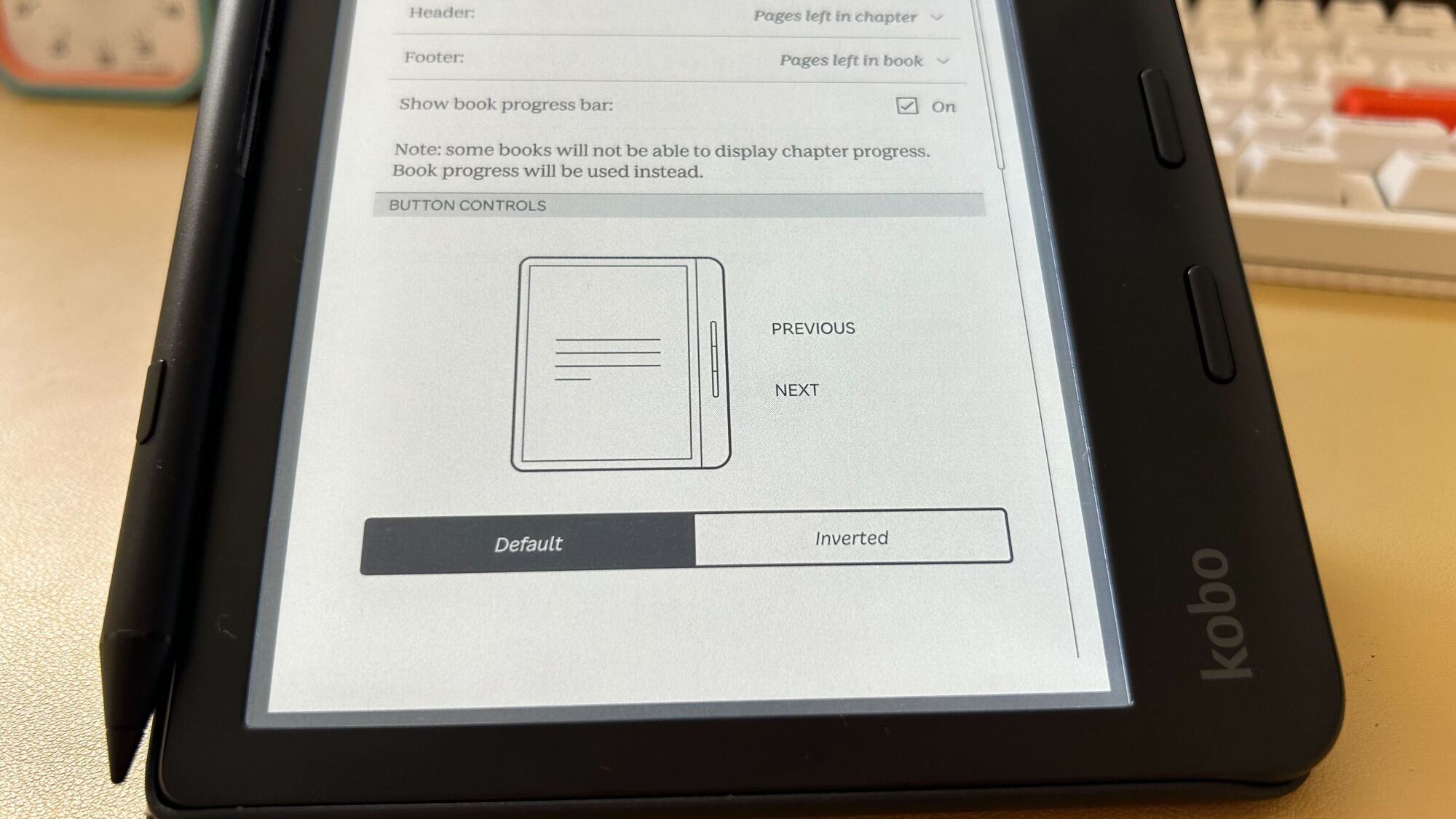
Speaking of design, I liked that the Kobo's on button was on the back of the device so I couldn't never accidentally lock the device (the Kindle's sits on the bottom, and is much more prone to that issue).
Finally, I appreciated that the stylus magnetically attached to the Kobo and the sleep cover they sent me — sometimes, if I placed it wrong on the button side it would rest on the button and turn a bunch of pages, so a fix for that in a future generation would be great to see. However, it was easy to troubleshoot by placing it on the left side of the tablet while reading, and keeping it on the case when I wasn't using the device.
Is the Kobo Libra Colour worth it?
I'll keep it short and sweet: the Kobo Libra Colour is definitely a first-generation product with a few issues to work out, especially with its notebook feature. However, if you love using your library card, marking up your books, appreciate a color display, and prefer page turn buttons to a full touch screen experience, you'll likely be happy with the Kobo Libra Colour.
For folks who want the best unlimited subscription service, don't like a newsprint-like look, and prioritize the most vibrant colors possible when reading comics or manga, you'd likely be better off with a Kindle or a traditional tablet until Kobo (or another brand) improves on the color e-reader.
